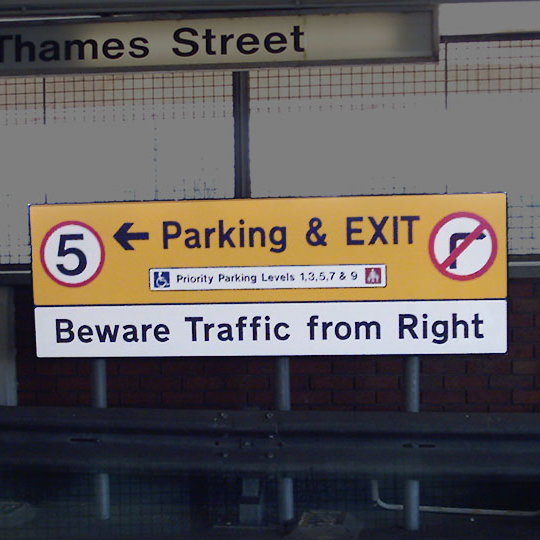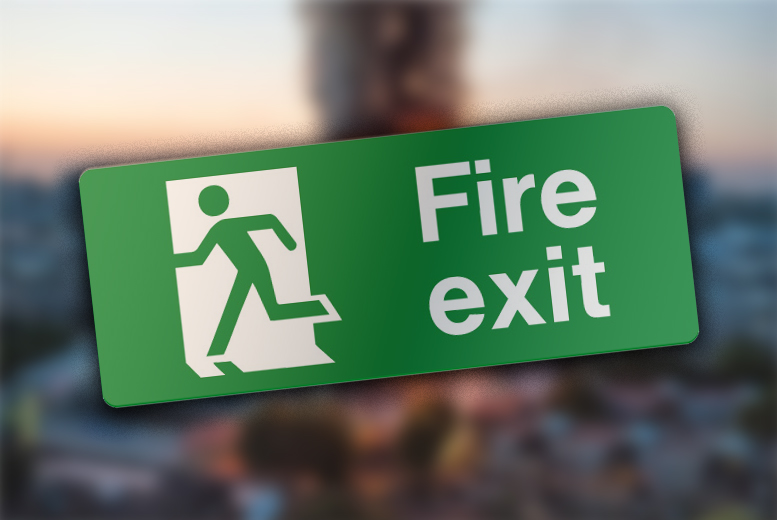Safety signs and the law – what you need to know
‘Fire Exit’, ‘Mind Your Head’, ‘No Access’ and ‘Hazard Warning’ – these are just a few of the myriad signs under the banner of health and safety that we encounter every day in the workplace and most public buildings.
The Health and Safety (Safety Signs and Signals) Regulations 1996 stipulates that employers and building managers are responsible for protecting the health and safety of employees and others by making sure that the relevant safety signs and information are properly installed, maintained and updated. The rules also apply to people operating equipment that requires verbal and/or non-verbal communication.
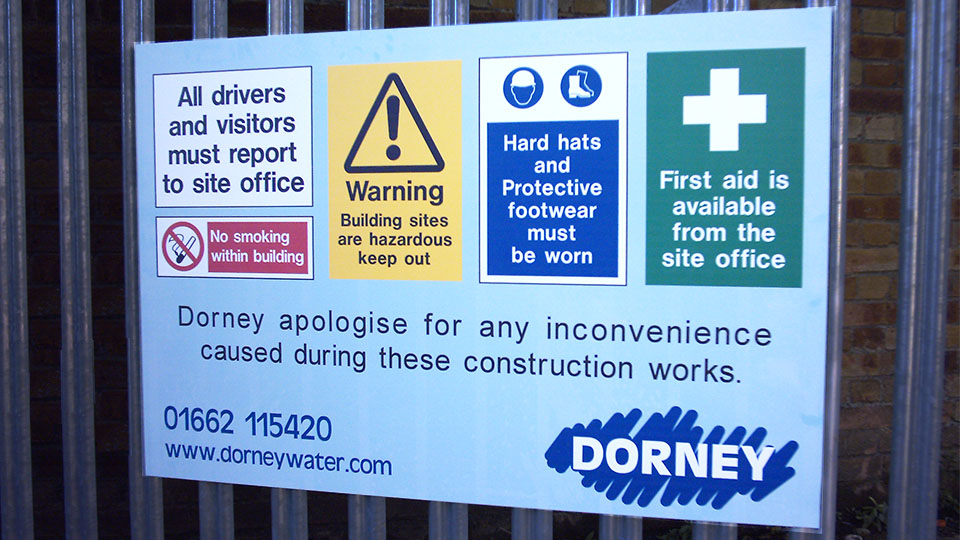
Safety signs are designed to provide information about potential risks. There are four main categories: prohibition/danger, warning (e.g., to take precautions), mandatory and emergency. Mandatory safety signs are there to instruct specific behaviours or actions, such as wearing protective clothing.
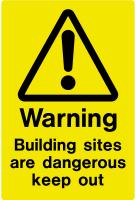
Risk assessment
Even if employers have taken numerous steps to safeguard their employees, they need to install safety signs where there is still a significant health and safety risk. First, they should carry out a risk assessment (Management of Health and Safety at Work Regulations 1999). This will identify hazards and associated risks and any measures that employer should take.
Types of sign
There are a number of ways of communicating health and safety information. Printed boards with wording and/or iconography are the most common. Other options include illuminated signs giving directions or warnings, a symbol or pictogram and an acoustic signal, such as a fire alarm.
The regulation guidelines associated different colours to each of the four categories mentioned above. Red is for prohibition and danger signs, yellow/amber for warning signs, blue for mandatory signs and green for first aid and emergency exits.
Whatever the type of sign, it needs to be clear, legible and visible from a certain distance and, most importantly, easy to understand. It is also advisable not to have too many signs close together, as it may cause confusion.
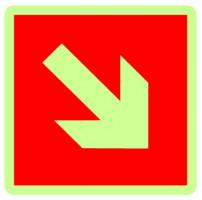
Fire Safety Regulations
Under the Fire Safety (England) Regulations 2022 all high-rise residential buildings in England are legally required to install wayfinding signage. This includes clear markings to identify individual flat numbers and floors.
Sadly, these regulations came about as the result of the tragic Grenfell Tower fire. The subsequent inquiry found that the stairwell landings were not clearly marked with the relevant floor number. This made it difficult for the firefighters to easily identify the floors when tackling the blaze. The inquiry recommended that in all high-rise buildings, “floor numbers be clearly marked on each landing within the stairways and in a prominent place in all lobbies, in such a way as to be visible both in normal conditions and in low lighting or smoky conditions.”
Installing signage in existing high-rise residential buildings can, in the event of a fire, assist the Fire and Rescue Service in navigating their way around a building, even when visibility is low. The regulations have been updated and are due to come into effect in October. New fire safety guidance comes into force on 1 October 2023 – GOV.UK (www.gov.uk)
At Display Signs we stock thousands of the most popular safety signs and we can also produce special safety signs – and in any quantity – to suit your specific needs and include your company logo. We can also support compliance with the new fire safety regulations by providing clear, legible floor and flat number signage. Feel free to ask us for further information and advice.


